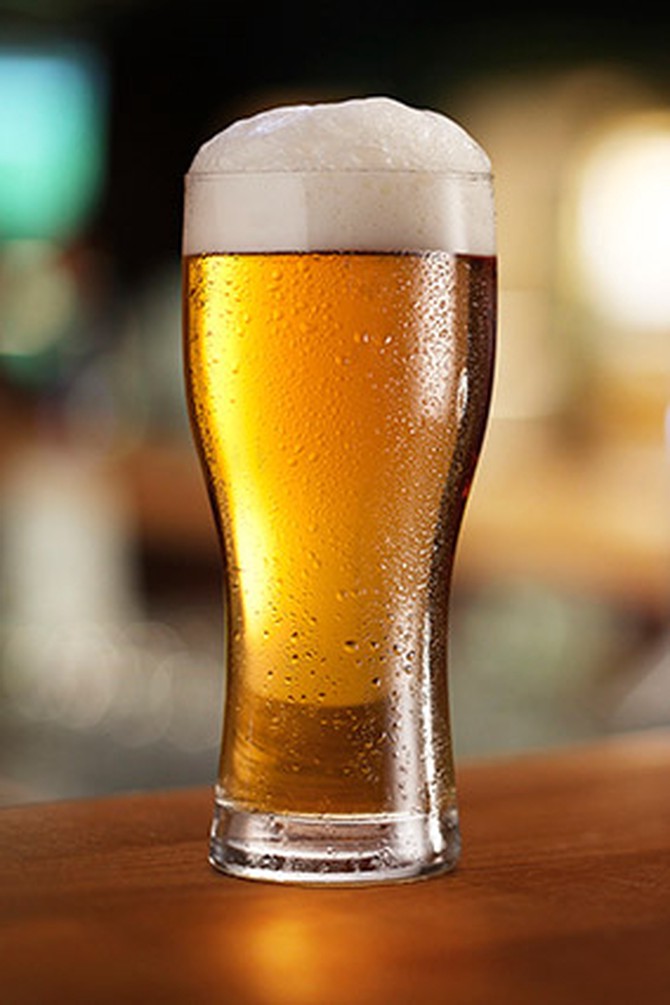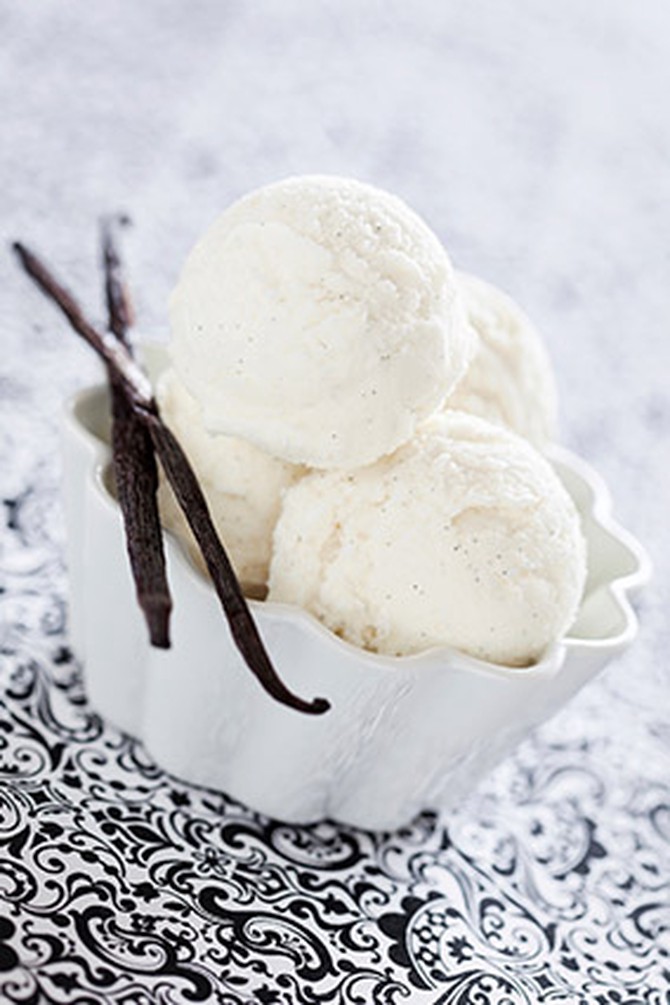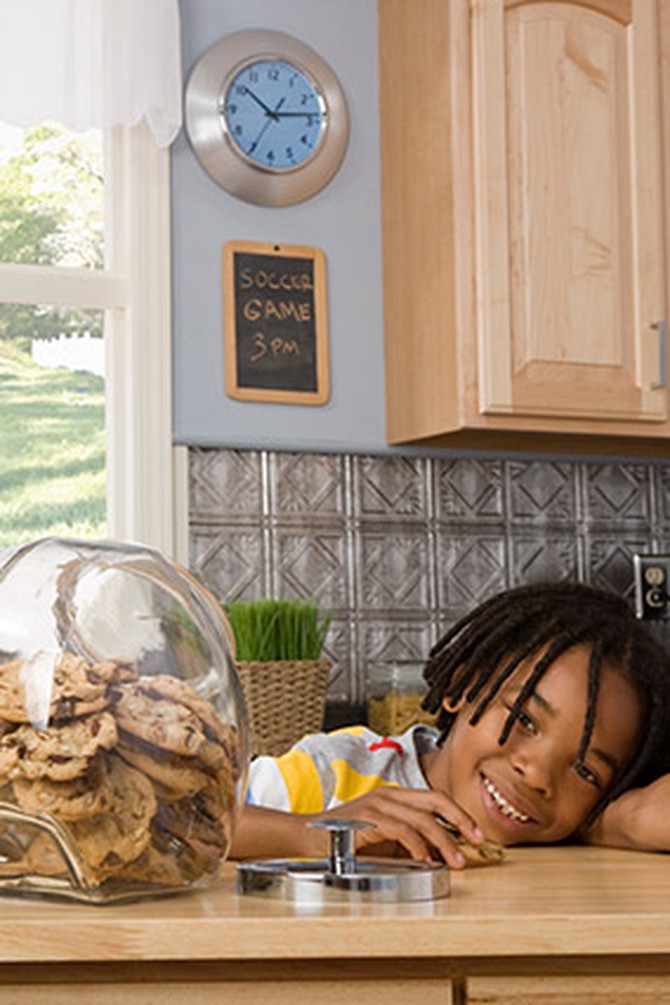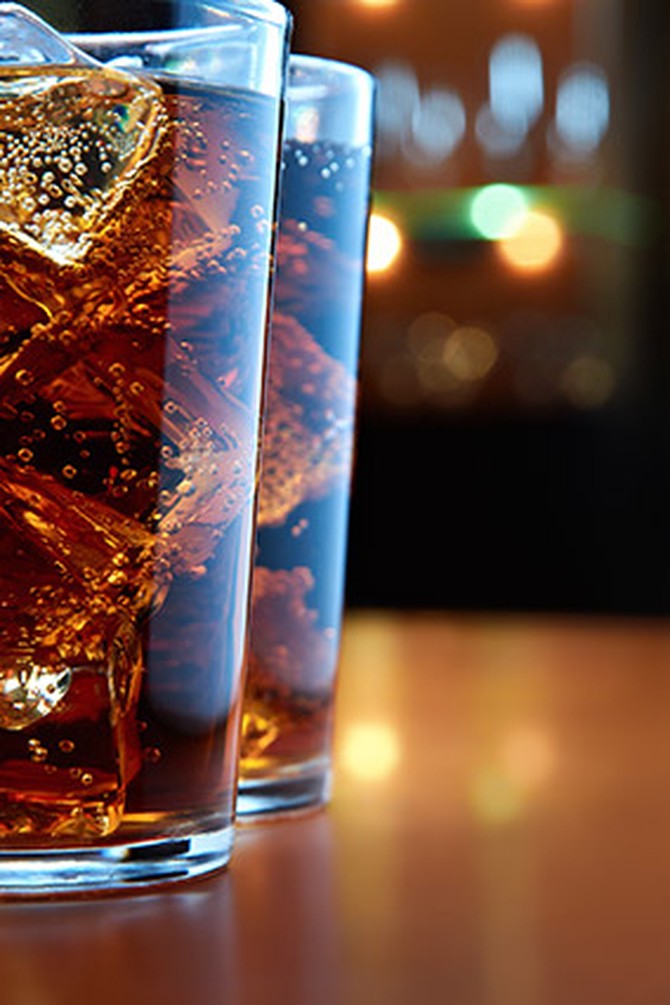Surprise Reasons You're Eating More
New research shows the unexpected ways that even the health-conscious can sabotage their best efforts to eat (and drink) well.
By Corrie Pikul

Photo: Thinkstock
You've been firing on all cylinders at work.
It seems counterintuitive, but when we feel proud of past accomplishments (like after a glowing performance review), we're more likely to reach for junk food, according to a study published in the Journal of Consumer Research. However, if we're feeling excited and hopeful (maybe thinking about how our presentation is going to kill it at next month's conference), we're more likely to resist the candy and opt for something good for us, like fruit. "When an individual is happy or proud, they tend to get more sucked up in the moment," says study author Karen Page Winterich. "Hopeful people are more focused on the future and the goals they would like to achieve—such as losing weight or eating healthier."

Photo: Thinkstock
You’re drinking out of the wrong shape of glass.
Ever notice how those beers at your favorite Friday-night pub seem to go down so easily? It may not have anything to do with the type or the taps or the kind of day you had. The next time you're in there, take a look at the glasses. In a study published in the journal PLoS ONE, people tended to chug alcohol 60 percent faster when it was served in a curved glass than in a straight one. The curvy shape also tricked people into misjudging how much alcohol it took to fill the glass halfway. Your best bet? Bottled beer, so you'll know how much you've had to drink.

Photo: Thinkstock
Your ice cream dish is white porcelain.
You're smart to scoop your French vanilla ice cream into dainty porcelain bowls, because you know that the smaller the dinnerware, the larger the serving appears (and thus, the less you'll eat). You can cut even more calories by contrasting the color of your food with your dishes. In a study published last year in the Journal of Consumer Research, people were more likely to load up their plates with spaghetti and sauce if those plates happened to be red. The study authors (who included eating-behavior expert Brian Wansink, PhD) said that the way the food appears to blend into the plate color creates the illusion of a smaller portion size. Try eating your pale-colored treats out of party bowls—or brightly colored mugs.

Photo: Thinkstock
You store pretzels and other snacks in clear jars.
We're more tempted by food when it's in our sight, according to Wansink, the author of Mindless Eating: Why We Eat More Than We Think. In his experiments, subjects ate 70 percent more chocolate when the bonbons were placed in a clear bowl than when they were in an opaque bowl. Wansink has also found that we're three times more likely to eat the first thing we lay eyes on than the fifth. So keep apples in a bowl on the counter and the Oreos in the package in the cabinet in the pantry.

Photo: Thinkstock
You're not wearing your eyeglasses in chain restaurants.
To find out how strongly nutritional information affects purchase decisions (if at all), researchers interviewed New York City restaurant patrons in 2007 and 2009—one year before and then nine months after the city required fast-food joints to post calorie counts. The researchers, who published their findings in the British Medical Journal, found that the labels failed to stop patrons in their tracks: Only about one in six lunchtime customers said they noticed or read them. However, these people (usually women, unsurprisingly) placed orders that had about 106 fewer calories, on average, than the others. The researchers don't know exactly how these people scaled back their orders (did they order smaller fries? skip the cheese? or did they go for grilled instead of fried?), but they did conclude that the labels had an overall positive effect. Seek out the charts, skim the info, and then ask yourself if the tortilla is worth the extra calories (290, if you're wondering).

Photo: Thinkstock
You've switched from regular soda to diet.
Yes, you're saving hundreds of calories. But nutritionists have recently become suspicious of artificial sweeteners. One theory is that by delivering intense sweetness without any of the calories that would accompany that taste in nature, these chemicals disturb the complicated feedback loops between the brain, stomach, nerves and hormones. Your body and brain are primed for calories and energy, and...nothing happens. "This can cause you to crave more sweet foods," say nutritionists (and diet-soda skeptics) Stephanie Clarke and Willow Jarosh, and that craving can be too strong to resist. Artificial sweeteners may also mess with your sense of satiety. While studies with humans are inconclusive, Purdue University researchers found that rodents who ate food sweetened with saccharine consumed more calories and gained more weight than did rats fed sugar-sweetened food. Treat diet soda like a treat, not a staple.
Next: 8 no-brainer tricks to save around 100 calories in a day
Next: 8 no-brainer tricks to save around 100 calories in a day
Published 03/06/2013

